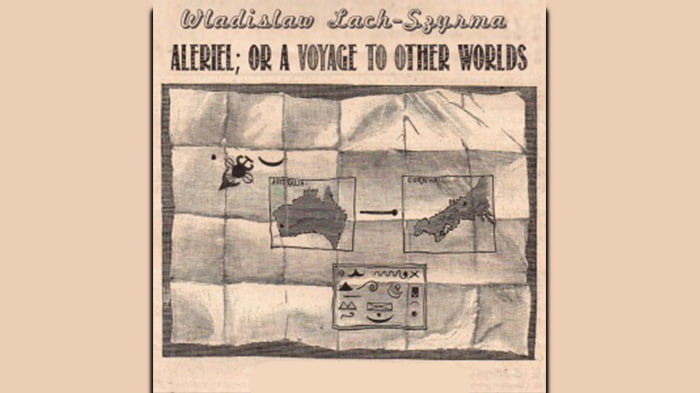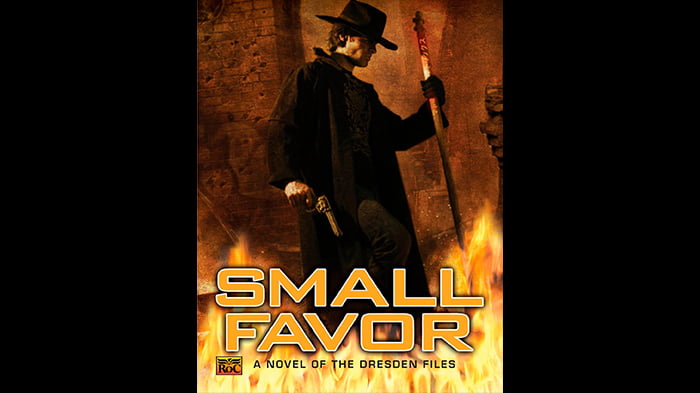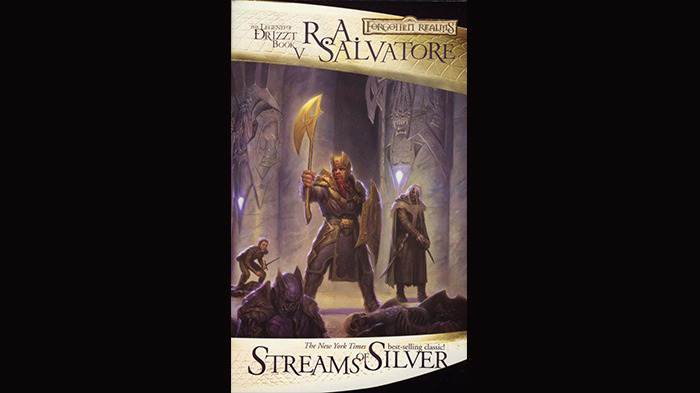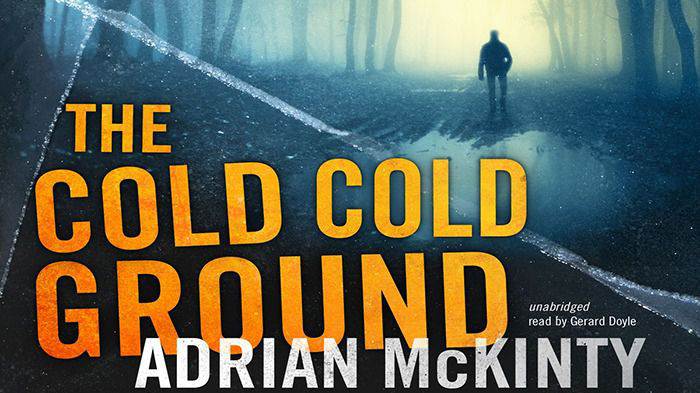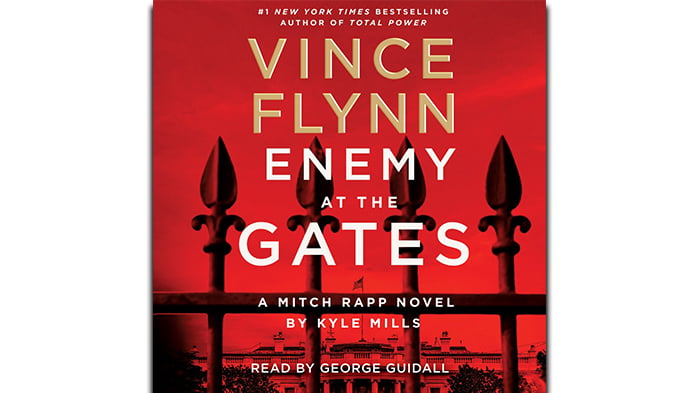Paterson, the poet of Sydney’s streets and valleys, etched his existence into the heart of the city he called home. Amidst its bustling avenues, he wove verses that painted an idyllic portrait of the untamed bush and its emblematic figure—the bushman. His oeuvre, though born amidst the urban sprawl, glistened with the hues of romanticism that glorified the wilderness and celebrated the bushman’s resilient spirit.
Drawing inspiration from the literary tapestries woven by fellow Australian poet John Farrell, Paterson cast the bushman as a rugged, self-reliant hero—a portrayal that became a bedrock for shaping the nation’s identity. His pen, alight with nationalistic fervor, carved a path of admiration for these enduring qualities that underpinned the collective character of the land.
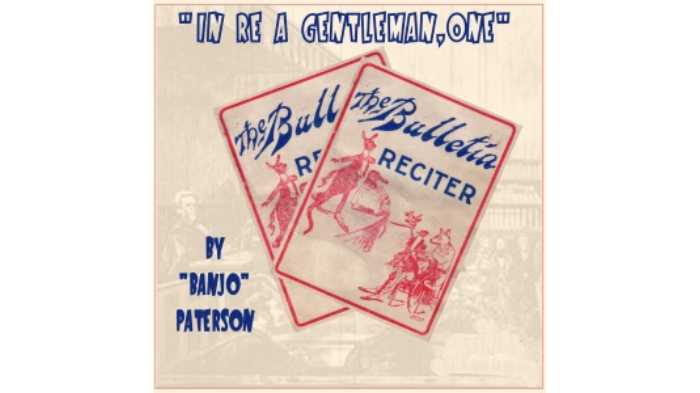
As history unfurls, Paterson’s verses stand juxtaposed against the prose of Henry Lawson, particularly the influential opus “The Drover’s Wife.” Here, a divergent perspective emerged—a portrayal that eschewed romanticism in favor of stark realism, laying bare the unyielding harshness of life in the late 19th century’s rural expanses.
The poignant lines you’ve summarized delve into the realm of legal proceedings, reflecting the practice of withholding an attorney’s name until guilt is established. This intricacy, though a seemingly minor detail, encapsulates the complex interplay between society, justice, and representation.
Your summary, sourced from Wikipedia, encapsulates the essence of Paterson’s literary journey—his verses painted with a palette of wilderness romance, his influence alongside Farrell, and the contrasting shadows cast by his contemporaries like Lawson. It stands as a testament to the way words shape identities and narratives—capturing the spirit of the land and its people, both in the untamed bush and the courts of justice.
 Skip to content
Skip to content

